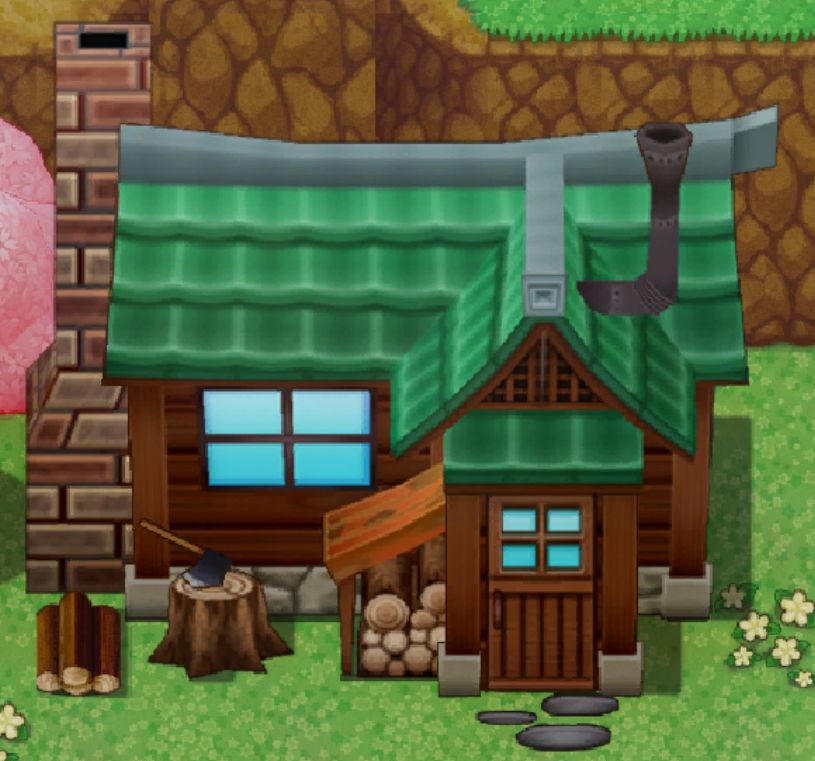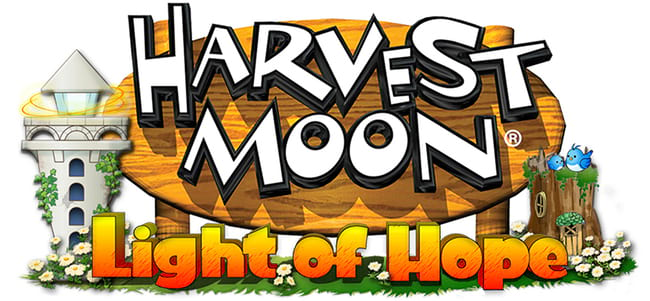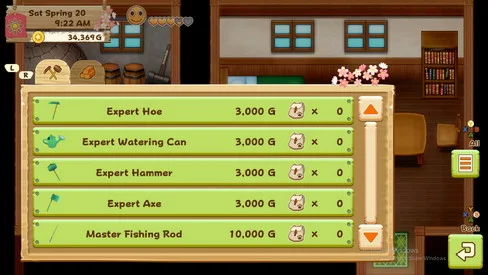

For the first Natsume-developed Harvest Moon, it was received poorly with fans and critics. Players could literally sculpt their farmland in three dimensions. Unlike Story of Seasons (Bokujō Monogatari), which is largely faithful to the core formula of farming and socializing with villagers, The Lost Valley shook up Harvest Moon by introducing Minecraft-esque terraforming. In 2014 Maekawa and his team started making their own games under the Harvest Moon name, starting with Harvest Moon: The Lost Valley. We had a lot of loyal Harvest Moon fans in Europe and America, and I said to myself, we shouldn't-we cannot say to these loyal fans that there will be no more Harvest Moon games." But for us, we spent a lot of time and energy to this unknown farming simulation game for almost 16 years. "If you have your own subsidiary in America, it makes sense for them to go by themselves. As long as my eyes were within a several inches of the page I found that indeed I could read (slowly) by moonlight."We didn't like that idea, but it's understandable," Hiro Maekawa tells me. Then I cracked open my Superior Hiking Trail guide to a random page and angled the book toward the moon for the fullest illumination. First, I took a 20-minute walk to dark-adapt my eyes as much as possible.

I wanted to see if I could read a book by moonlight.

We'll experience nearly the same effect this month during the Hunter's Moon, with moonrises about 20 minutes apart for the next few nights.ĭuring the September full moon I tried a little experiment. In the olden days, these quick ascents provided farmers with extended light through the evening for bringing in the harvest. Like getting two full moons for one.ĭo you remember last month's Harvest Moon? Successive moonrises then were just 15-20 minutes apart instead of the usual hour because of the moon's shallow angle to the horizon at rising. Central Time Wednesday, the moon will appear nearly as full on Tuesday night the 19th as it will on the 20th. Contributed / Bob Kingīecause the moment of full moon occurs around 10 a.m. If you regularly check the sky on full-moon nights you may see these and other compelling naked-eye phenomena. Sometimes, passing clouds will refract the moon's light and create temporary halos (large rings) or smaller, colorful coronas.


 0 kommentar(er)
0 kommentar(er)
